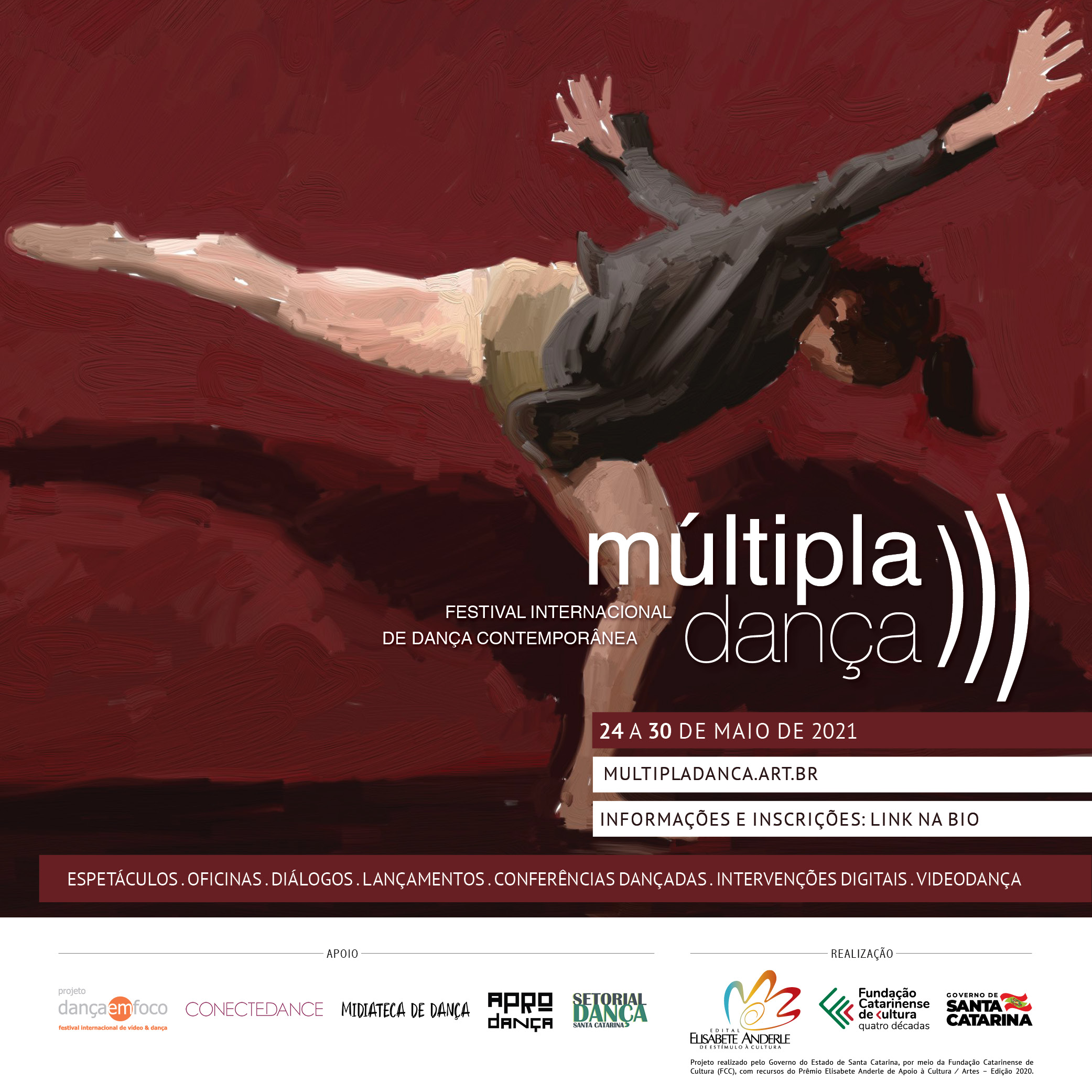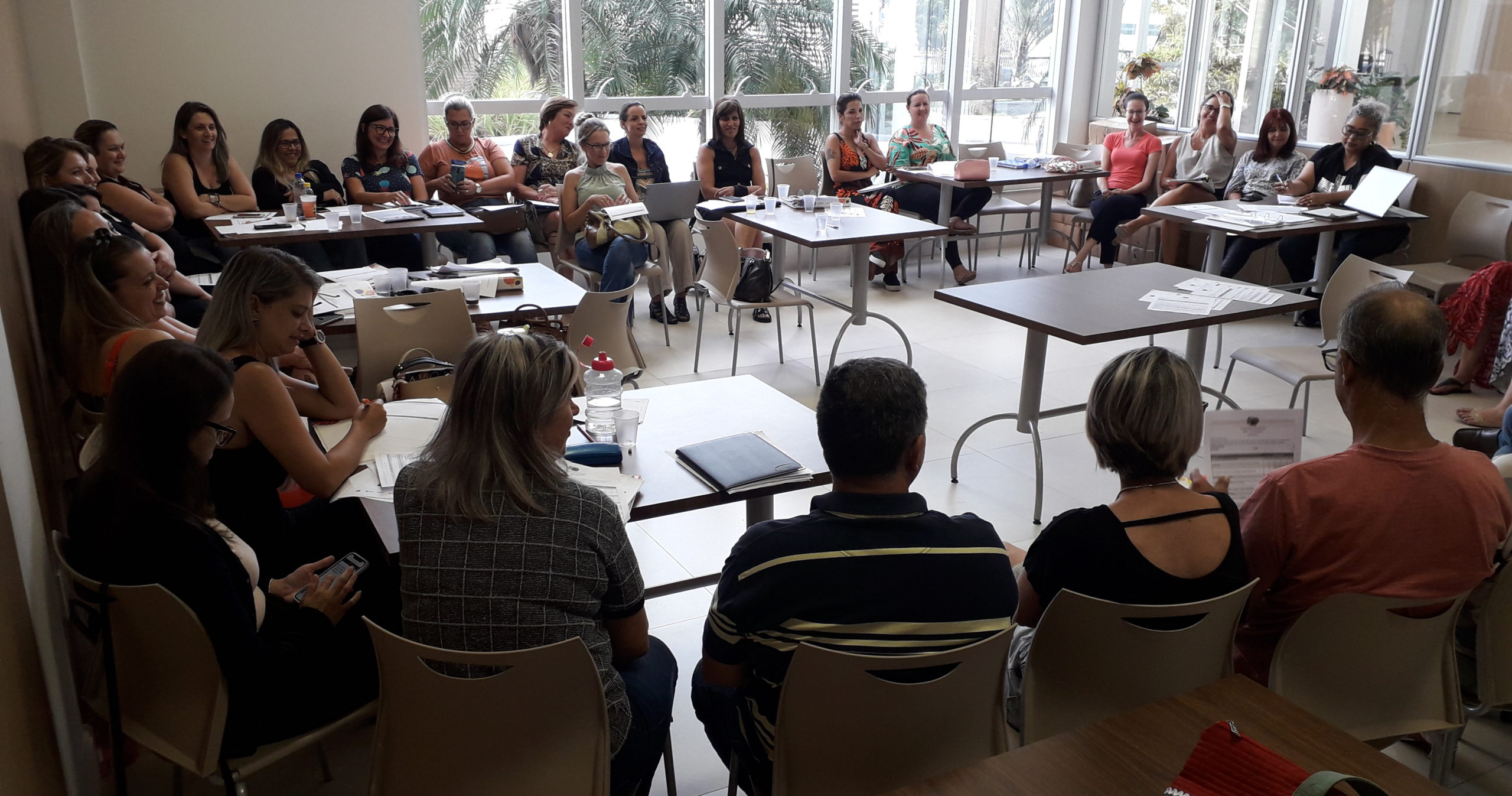It is integrated by the municipalities of Águas Mornas and Santo Amaro da Imperatriz, in Santa Catarina. According to Jochem, he was commissioned by Frei Nolvi Dalla Costa and by the parish vicar, Frei Faustino Tomelin, Frei Francisco Mafra and Frei Luiz Toigo, to research and write the history of this parish, to be published in book form. “It was a joint and highly pedagogical effort that, in many cases, involved the whole community, making them feel directly responsible for recording their own history”, says the author, remembering that this book is not intended to be theoretical or aspires to exhaust the history of the Santo Amaro Parish, located in the east of the State of Santa Catarina.
The 671-page book was divided into seven parts, namely:
1. Santo Amaro and its History
2. History of Affiliated Communities
3. Movements and Pastorals
4. Religious Sisters
5. Manifestations and Visibility of the Faith
6. General
7. Attachments
Toni Jochem has a bachelor’s degree and a degree in Philosophy from the Federal University of Santa Catarina. Master in Cultural History by the same University, in the research line “Migrations, Culture and Identity”.
He is the author of the books: “Pouso dos Imigrantes” (1992); “The Epic of An Immigration” (1997); and “The Formation of the German Colony Teresópolis and the Performance of the Catholic Church (1860-1910)” (2002) Master’s Dissertation and “Our Parents” (2005).
Jochem was also coordinator of the biennium commemorating the 170th anniversary of the German immigration of São Pedro de Alcântara 1998/1999; member of the Academia de Letras de Biguaçu-SC; and effective partner of the Historical and Geographic Institute of Santa Catarina – IHGSC.
Sister Cléa Fuck, who participated in the edition as a grammar proofreader, makes the following comment about the book: “A walk of faith – a walk of love! Because when God walks with his people, when a people walks with his God, what happens is a love story, written in a time and space that has a face and a name.
The scenario, in the case of the present work, now presents itself as Sant’Ana do Cubatão, later as Santo Amaro do Cubatão, passes through the nickname Cambirela, but it is the sesquicentennial parish Santo Amaro, Santo Amaro da Imperatriz and Águas Mornas, which he builds, from year to year, from 1854 to 2004, this epic 150 years.
There are countless names, today, yesterday and the day before yesterday, that give face and action to the moments captured by the historian jealous of accuracy, aware of his responsibility to his readers and possible researchers of the future.
Each moment of those 150 years, remembered here, was one lived today with intensity, with its weight and its hope, with the memory of the things that were left behind – milestones of struggles and conquests -, and with a look turned to tomorrows which, in their uninterrupted succession of moments and dates, have become the past – remote or recent – of our sixteenth century history.
It is the story of faith and love of a people that composes its religious mosaic with the stones of its oratories and chapels, its caves and cruises, its towers and its cemeteries, in so many communities that are being formed in all countries. quadrants of the municipalities of Santo Amaro da Imperatriz and Águas Mornas.
Continue your journey of faith, Jubilee parish, to the glory of the Lord! ”



